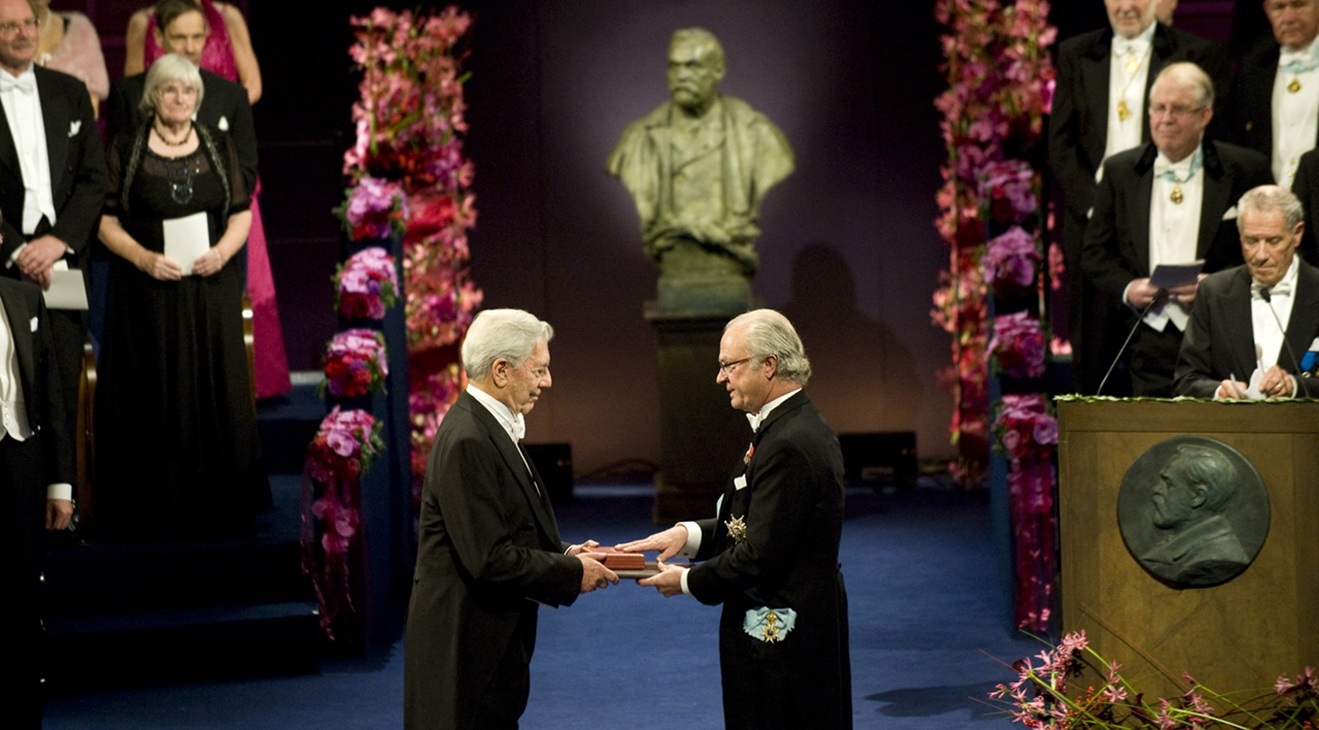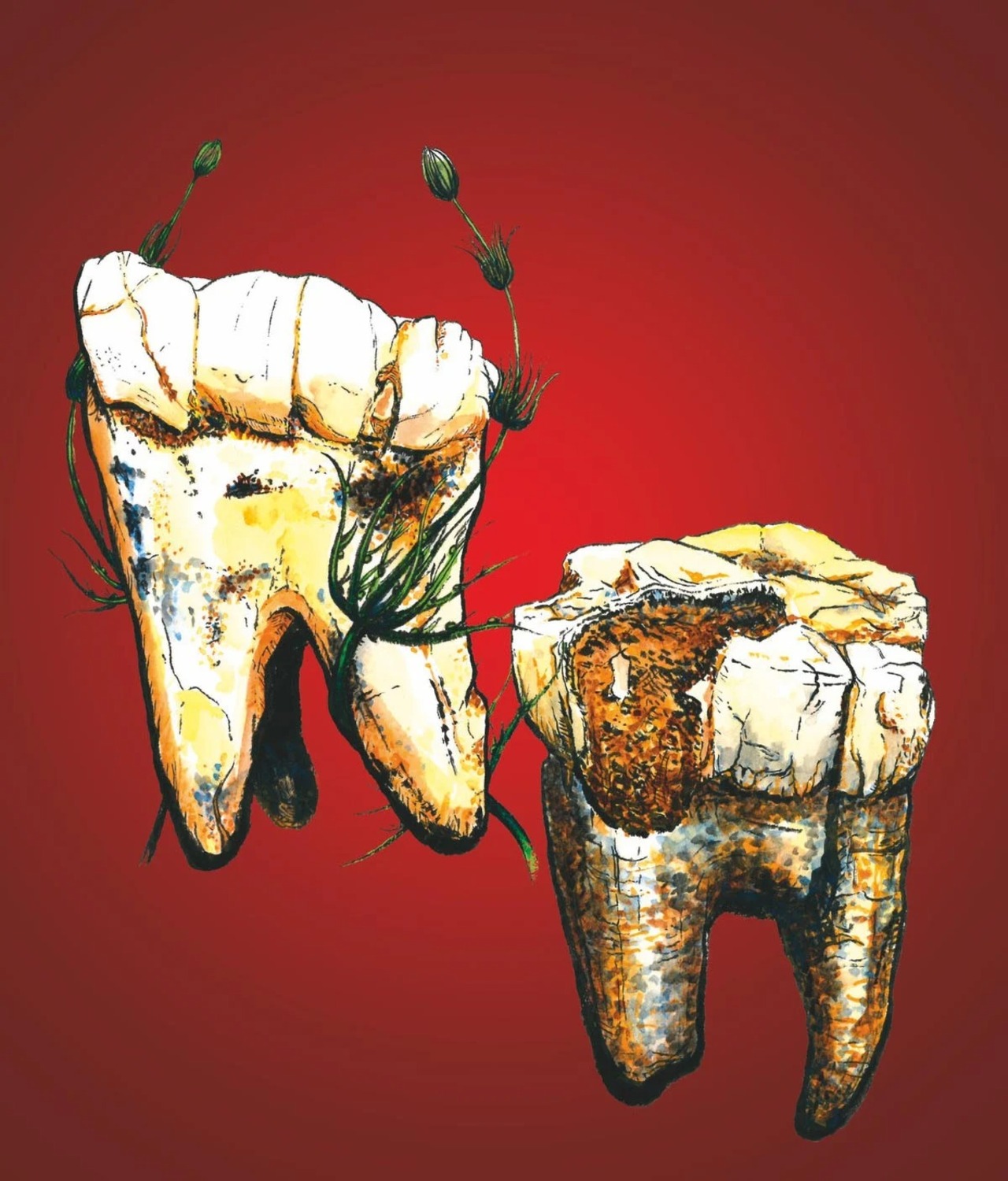
Alma Guillermoprieto's favorite stories
An incursion into the modern American chronicle by the renowned New York-based Mexican journalist
New York-based Mexican journalist Alma Guillermoprieto (Mexico City, 1949) is one of the most powerful female voices of Latin American journalism. But in addition to writing - her stories have been published in The Guardian and The New Yorker, among others-, Guillermoprieto is a great reader of journalistic chronicles and a believer of the power of non-fiction chronicles , so she decided to compile in a book all those examples of journalistic genre published in the US that impressed her the most in the last twenty years.
The result is 'La vida toda; Nueva crónica estadounidense' (Debate), an anthology that gathers thirteen long non-fiction texts translated into Spanish, twelve of which are long-form reports published in the 21st century in the US media. Six were written by women.
All came to light after two events that marked their inception: the holocaust of the Twin Towers in New York on September 11, 2001, and the emergence of those disembodied forces known as social networks.
"This reality perhaps explains the number of texts I included without realizing it that speak obliquely or directly of death. On the other hand, the preponderance of foreign reportage reflects a preference of mine, but it also speaks of a post 9/11, post Atocha, post Bombay world. The world is now one, united by terror. But also, it is obvious, by climate change and pandemics, migration and our consequent cosmopolitanism, the abolition of distances in the virtual universe, the Zoom, and an obsession for travel that was already visible in the last century but that today acquires feverish symptoms. We must know the world before it ends," writes the author in the prologue.
Winner of the 2918 Princess of Asturias Award for Communication and the National Journalism Award for lifetime achievement, Guillermoprieto moved to New York as a young woman with the intention of becoming a dancer and in 1970 she moved to Cuba to become a dance teacher. That experience under the Castro regime was captured in one of her first non-fiction books: 'Havana in a Mirror' (published in English as 'Dancing with Cuba: A Memoir of the Revolution').
Her career as a journalist began in 1978 as a reporter in Central America for The Guardian, and later for The Washington Post, where she was a staff writer in the 1980s. She was also chief South America correspondent for Newsweek.
RELATED CONTENT
Her best known book, 'Desde el país de Nunca Jamás' (Looking for History : Dispatches from Latin America) is an anthology of chronicles published between 1980 and 2008 in The Washington Post, The New Yorker and The New York Review of Books that deal with topics such as the Sandinista insurrection against the dictator Somoza in Nicaragua or the favelas in Rio de Janeiro, and that reveal the most human face of some of the great events of the last thirty years in Latin America.
"This is not a selection of the chroniclers I like the most," adds the author in the prologue to La vida toda, but "I have looked for narrators who speak of new themes, or who speak of eternal themes with a new approach and style, or who, in some cases, have simply achieved prodigies of reportage, sticking to the classic norms, in conditions of great difficulty. And I have looked for subjects that will amaze readers," she writes.

The reporters chosen for the book are considered by Guillermoprieto as the successors of Norman Mailer, Truman Capote, Tom Wolfe or Hunter S. Thompson? although, for her, the great name of the classic New Journalism was that of a woman, Joan Didion (1934-2021).
"Joan Didion walked the world like a cat through broken glass. She brought to the 21st century an anti-macho, parsimonious, meticulous, ironic and self-conscious style of delicate, black humor. Modern feminism transformed her environment: today half of any newsroom is made up of women," writes Guillermoprieto.












LEAVE A COMMENT: